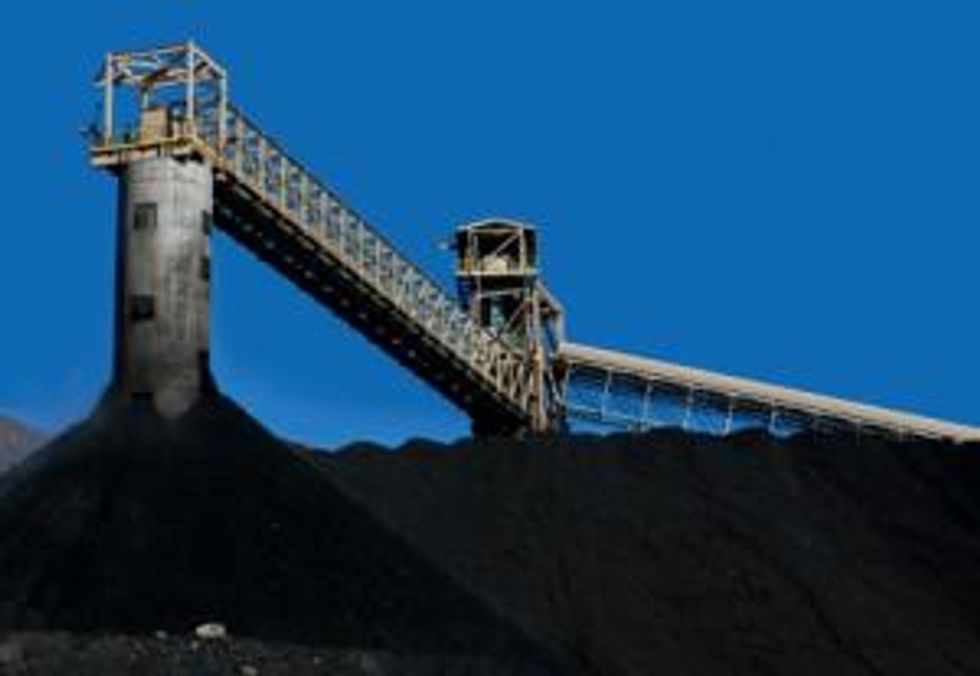After years of massive investment, coal production is finally coming to roost. Too bad it’s coming all at once.
Abundant supply and flat demand have pushed global thermal and metallurgical coal prices to some of the lowest levels seen in years.
As supplies of both met and thermal coal continue to roll onto the market, traders and producers are finding it increasingly difficult to find spot purchase and long-term contracts in some of the world’s largest markets. Both Chinese and European markets have struggled to keep demand ahead of supply as regional market uncertainty and increased exports from most coal-producing countries have taken hold.
The combination of strong supply, waning demand, and the rising business costs have been hard on coal producers and traders, and a slowdown in production appears to be floating on the horizon.
Met coal
Strong supplies from Australia have driven met coal markets over the past month as the price of low-volatility metallurgical coal, used in the production of steel, faced downward pressure. Low-vol coal traded sideways in mid-June while hovering around the $223/mt FOB Australia mark.
The price of low-volatility coking coal has fallen by about a third over the past year, and the outlook for 2013 is not much brighter. A Commonwealth Bank report, cited by Platts, revised its 2013 price projections downward by 10 percent to $213/mt FOB Australia for 2013 and 5 percent to $205/mt FOB for 2014 due to rising supply.
New supplies of coal are exerting “tremendous pressure” on the price of the commodity, Lakshmi Mittal told the Steel Success Strategies conference in New York last week.
Weak demand from key markets has not helped the situation. Chinese and Indian coal users acknowledged that inventories of prime-quality coking coal are low at present, but appeared unwilling to translate this situation into active market bids, Platts said
Coal-intensive German steel output in the first four months of 2012 was also down, falling 5 percent year-on-year at 14.5 million tonnes, in reflection of the Eurozone’s economic slowdown.
“I don’t believe we’ll return to pre-crisis level of [steel] demand anytime soon,” Mittal also said.
Coking coal companies are beginning to feel the impact of the price decline. Russian coal and steel producer Mechel (NYSE:MTL) recently announced a near 30 percent reduction in net profits due in great part to declining prices and sales of its raw materials.
Coking coal prices for delivery from Mechel to South Korea and Japan fell from US$215 to $220 per tonne in the first three months of 2012 to US$185 to $190 per tonne in the second quarter, the company’s vice president, Oleg Korzhov, told Reuters this week.
One bright spot appears to be the Indian steel markets which, despite an abundance of local coal resources, look eager to bring an increasing number of coking coal imports into their markets in the coming year.
Coal imports, which were at 99 million tonnes between April 2011 and February 2012, are expected to increase by 28.3 percent by February 2013 to 127 million tonnes, The Times of India reported. Strong demand from power, steel, and cement industries is said to be responsible for the increase.
Thermal coal
At the major Chinese coal port Qinhuangdao, coal imports are piling up into oversupply because utilities have more than they need. Low hydroelectric production costs after weeks of heavy rains and slowing demand from downstream users have left more than 9.3 million tonnes in coal inventories, the highest level since November 2008.
“The thermal coal market now has low prices, but no buyers,” Chen Lihui, a representative of a coal trading company in Hebei province, told China Daily.
“The big power consumers, such as manufacturing companies and cement producers, have less production this year, which resulted in less power demand,” Lihui said.
In the first four months of the year, China’s coal imports grew by 69.9 percent to a record 86.55 million tons of coal, but since May supply has far outstripped demand and prices have fallen.
“Low prices are expected to continue for the next three months and then a significant supply cut is expected,” analyst Matty Zhao told Platts. Currently, prices on spot coal markets are coming down to “ridiculously” cheap levels because of the oversupply, Zhao said.
Despite indications of oversupply, Australia’s biggest coal port, Newcastle, continues to bring more coal to markets; a queue of 42 vessels awaiting loading has formed off the coast. Exports of both thermal and coking coal topped 2.45 MT over the past week, representing an increase of 16 percent.
Forecasts predict the queue at the terminals will grow to 50 by next week while traders and coal exporters in the Newcastle thermal coal market attempt to find buyers outside of the diluted Chinese market.
Global oversupply of thermal coal appears to be the predominant force currently driving thermal markets, and it is preventing numerous new coal projects from getting off the ground. In Australia, new coal mines are particularly vulnerable due to soaring costs and competition from other sources.
Rio Tinto CEO Tom Albanese told shareholders in Brisbane a month ago that “[w]e’re seeing in some cases the same project that we would have built 10 years ago now costing 10 times more.”
Securities Disclosure: I, James Wellstead, hold no direct investment interest in any company mentioned in this article.
